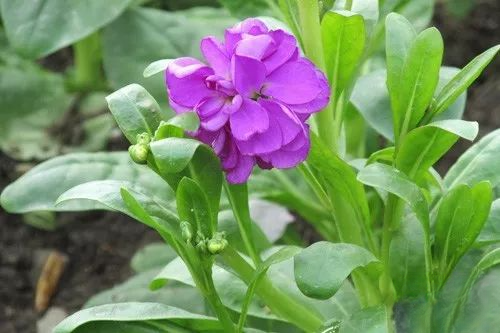Differences between trees and shrubs, woody plants and herbaceous plants
Arbors are tall trees with independent trunks growing from the roots, and the trunk and crown are clearly distinguished . Shrubs are short trees without obvious trunks and growing in clusters . They can generally be divided into several categories, such as flower-viewing, fruit-viewing, and branch-viewing. They are short and clumping woody plants. They are perennial.
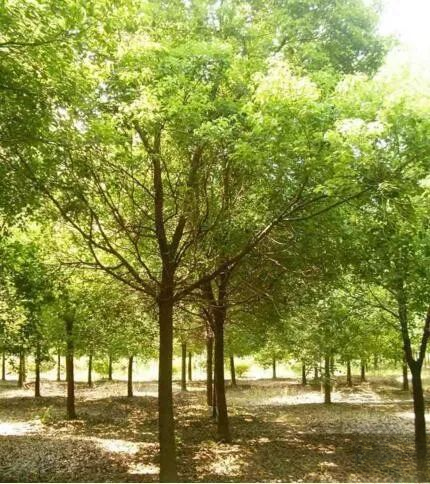
arbor
1. A tree is a tall tree with an independent trunk growing from the roots, and a clear distinction between the trunk and the crown.
2. Trees are tall (usually 6 meters to several tens of meters) with a distinct tall trunk.
3. It can also be divided into four levels according to its height: Wei Qiao (over 31 meters), Da Qiao (21-30 meters), Zhong Qiao (11-20 meters), and Xiao Qiao (6-10 meters).
Trees are widely distributed. They grow in almost all known places, including the Gobi Desert, deserts, Antarctica, the Arctic and other harsh environments. They are most commonly found in continents with warm and humid environments. Trees are divided into deciduous trees and evergreen trees according to whether they shed their leaves in winter or the dry season.
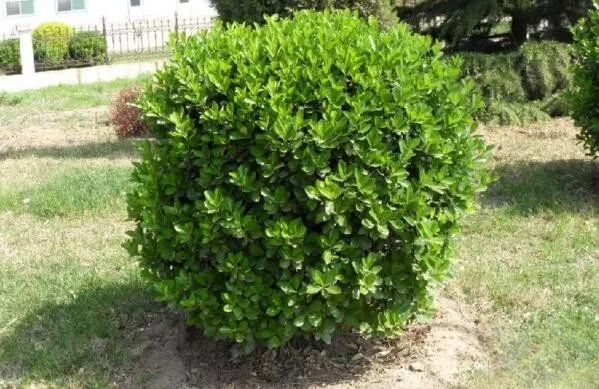
shrub
1. Shrubs are woody plants with a height of less than 3.5 meters, usually growing in clusters without obvious trunks, but sometimes with obvious trunks, such as hydrangea and peony.
2. Those with stem height below 0.5m are small shrubs such as Lespedeza.
3. The stem is between herbaceous and woody, with herbaceous upper part and woody lower part, which is called semi-shrub or subshrub.
Shrubs are short, clumping woody plants. They are generally broad-leaved plants, but some coniferous plants are shrubs, such as juniper. If the ground part dies during the winter, but the roots survive and continue to sprout new branches the next year, they are called "semi-shrubs". Some Artemisia plants are also perennial woody plants, but they die in winter.
Differences between trees and shrubs:
1. The difference between trees and shrubs lies in whether they have a main trunk and whether they have branches at the base. Generally, those with obvious tall trunks are considered trees, while those without tall trunks and with branches at the base are shrubs. This classification only provides a basic conceptual distinction.
2. In terms of height, trees generally refer to woody plants that are over 6 meters tall, while shrubs generally refer to woody plants that are under 6 meters tall. Therefore, woody plants generally appear as shrubs when they are dwarfed, and are called trees when they grow up.
Woody and herbaceous
Herbaceous plants and woody plants are two types of plants. People usually call herbaceous plants "grass" and woody plants "trees".
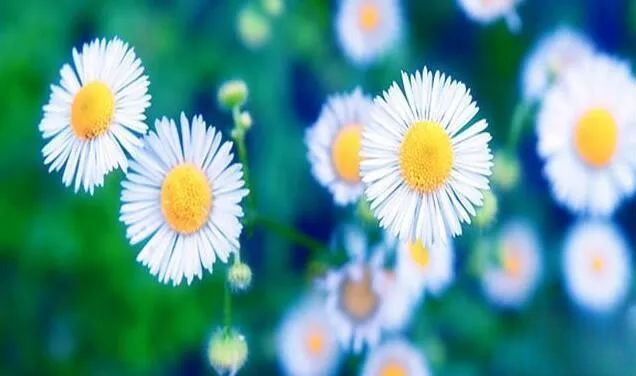
Most herbaceous plants die at the end of the growing season, including annual and biennial herbaceous plants, such as rice and radish. The above-ground parts of perennial herbaceous plants die every year, but the underground roots are relatively strong and retain organs such as tubers, which will take root and sprout next year . The roots, rhizomes and bulbs of the underground parts can live for many years, such as geraniums. Bamboo is a herbaceous plant. All important grains are herbaceous plants , such as wheat, millet, corn, barley, sorghum, etc.
Among herbaceous plants, the annual, biennial and perennial habits sometimes vary with the change of geographical latitude and cultivation habits. For example, wheat and barley are biennial herbs when sown in autumn, but become annual herbs when sown in spring. For example, cotton and castor are annual herbs in Jiangsu and Zhejiang, but can grow into perennial herbs in the south at low latitudes.
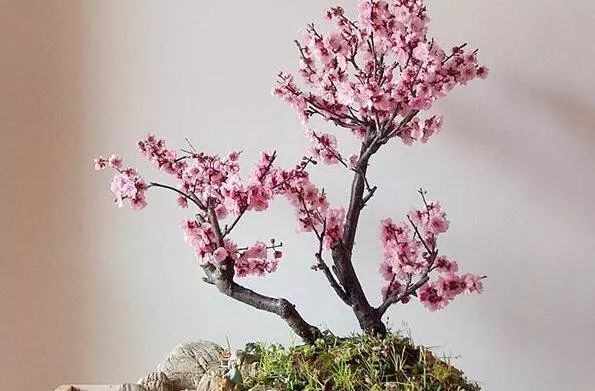
Woody plants refer to plants whose roots and stems grow thicker and form a lot of xylem (most typically with annual rings), and whose cell walls are mostly lignified. The plant body has well-developed xylem, hard stems, and is perennial . Woody plants are the source of wood and are all perennial plants. Woody plants are mainly divided into evergreen plants and deciduous plants.
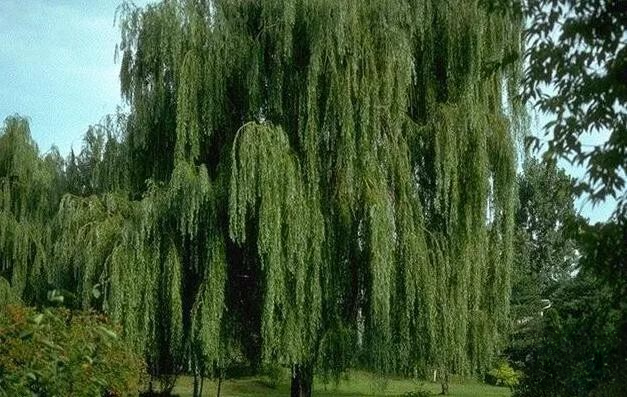
1. Woody plants have well-developed xylem, more lignified tissue, and a hard texture . They can be divided into:
2. Herbaceous plants are plants with underdeveloped wood, less lignified tissue, juicy and soft stems, and short plants. This type of plant can be divided into:
3. The most significant difference between herbaceous plants and woody plants is the support of their stems . The support of herbaceous plants is turgor pressure (herbaceous plants lack the hard lignin that woody plants have, so their support depends on turgor pressure, that is, when water enters plant cells, the cells exert pressure on the cell wall outward.)
